Trends Improving HCP Engagement and Accelerating
Treatment Adoption
Veeva Pulse 데이터에 따르면, 제약회사의 커머셜 팀이 연결되고 조율된 과학 정보와 자료를 제공할 때 HCP(Healthcare Professional, 의료 전문가)와의 관계가 깊어지고, 접근의 어려움을 완화하며, 치료법 채택이 향상되는 것으로 나타났습니다. 그러나 HCP들은 바이오 제약사들이 일관되게 연결된 경험을 제공하지 못하고 있다고 말합니다.
주요 오피니언 리더(KOL)1의 절반 이상이 임상, 메디컬 및 세일즈 팀과 소통하고 있지만, 44%는 이들 간의 조정 및 협업 부족을 인지하고 있습니다. 상충되는 정보, 단절된 상호 작용, 놓치는 기회들로 인해 각 팀이 하나의 통합된 회사로서 HCP의 요구를 충족시키지 못하고 있습니다.
“일부 회사는 서로 긴밀히 협력하고, 서로를 잘 알며, 자사의 판매 및 개발 내용을 잘 파악하고 있다는 인상을 줍니다. 그러나 동시에 우리는 정반대의 경우도 목격합니다. 즉, 회사 내 의학 부서는 영업 부서에 대해, 영업 부서는 의학 부서에 대해 전혀 알지 못하는 것입니다.”
— Dr. Vital Hevia, 비뇨기과 의사 및 로봇 수술 전문의, ROC Clinic and HM Hospitals
지난 한 해 동안의 Veeva Pulse 인사이트가 커머셜 팀이 HCP의 요구에 신속하게 대응하고 치료법 채택을 개선하는 데 어떻게 기여하고 있는지 확인해 보십시오.

Dan Rizzo
VP, Global Head of Business Consulting

1 Veeva Survey of 50 Key Opinion Leaders, September-November 2024.
Pre-launch scientific outreach is accelerating treatment
adoption by 40%
Prioritizing investments in targeted scientific activities with the right experts speeds treatment adoption. A U.S.-based study of oncology drugs showed
that biopharmas who invested more in pre-launch scientific activities saw
40% faster treatment adoption than companies that invested less. Field medical engagement with key opinion leaders prior to launch also improves treatment adoption by 50%.
Where companies make investments matters. In the same study, congress activity had the strongest influence on speed of adoption, outpacing the influence of social media, publications, guidelines, and clinical trials. Medical teams should also focus engagement on digitally savvy, early-career HCPs, who are four times more likely to adopt a new treatment.
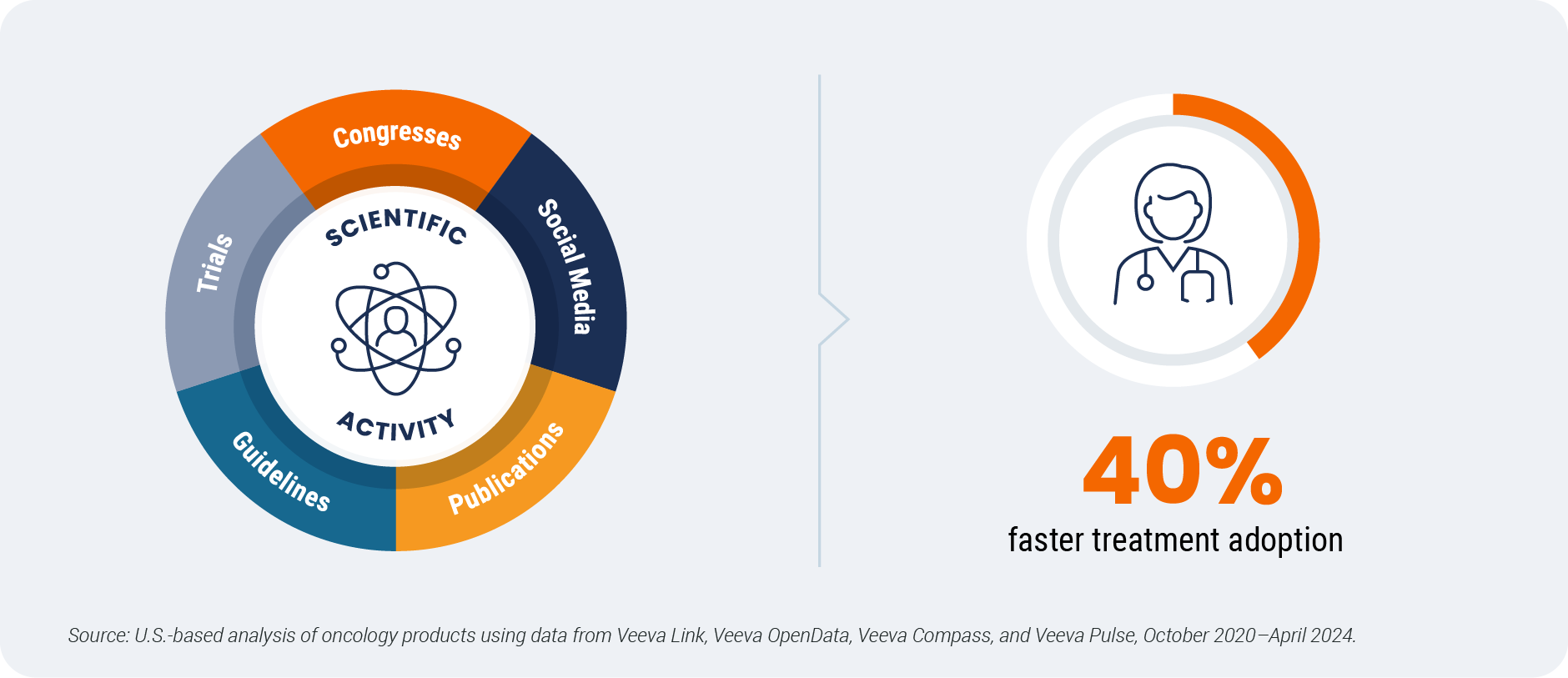
Synchronized sales and marketing is
improving prescribing behavior
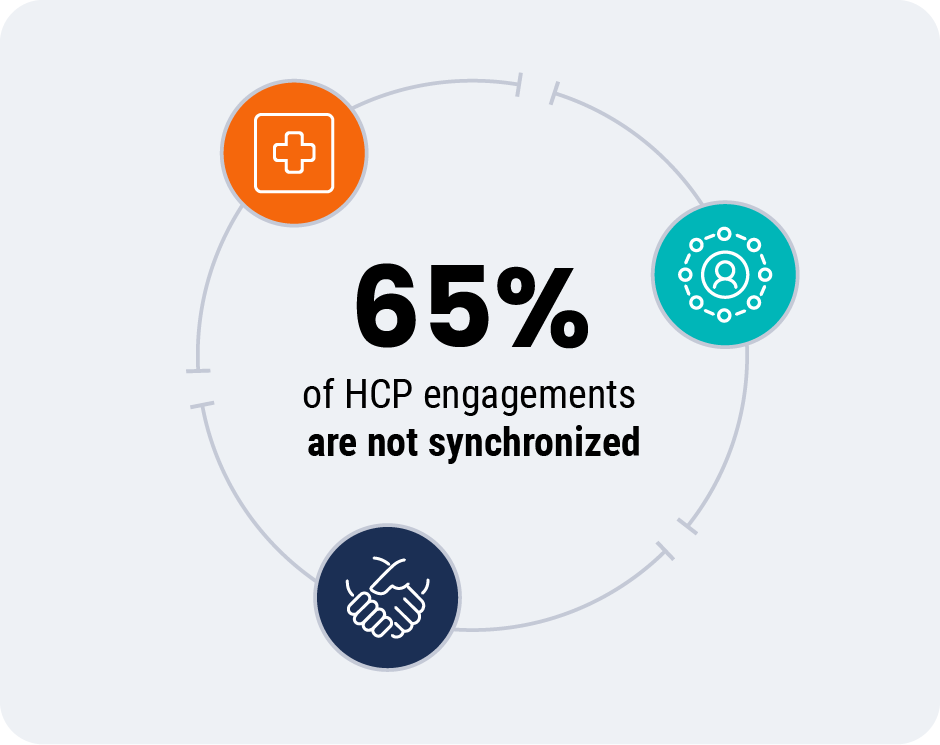
Close and timely coordination of field engagements and HCP digital advertising — or synchronization — increases marketing effectiveness by 23%. But 65% of HCP engagements are not synchronized.
Coordinating sales and marketing touchpoints can close the gap, strengthening HCP engagement, increasing scientific understanding, and improving prescribing behavior. In one case study, a rep call was 30% more likely to result in a prescription if it was followed by digital exposure within 10 days.2 Another showed that HCPs exposed to digital ads within 10 days after a speaker program were 25% more likely to prescribe.2
“A person’s capacity to ingest content that is not relevant,
not timely, and not delivered in a way that they want to receive
it is probably something like zero. And our job as marketers is
to figure out how to get as close as possible to relevant, timely, and needed content at the right time.”
— Erica Taylor, PhD, Vice President, Chief Marketing Officer, Genentech
Connected engagement across sales, marketing, and medical3
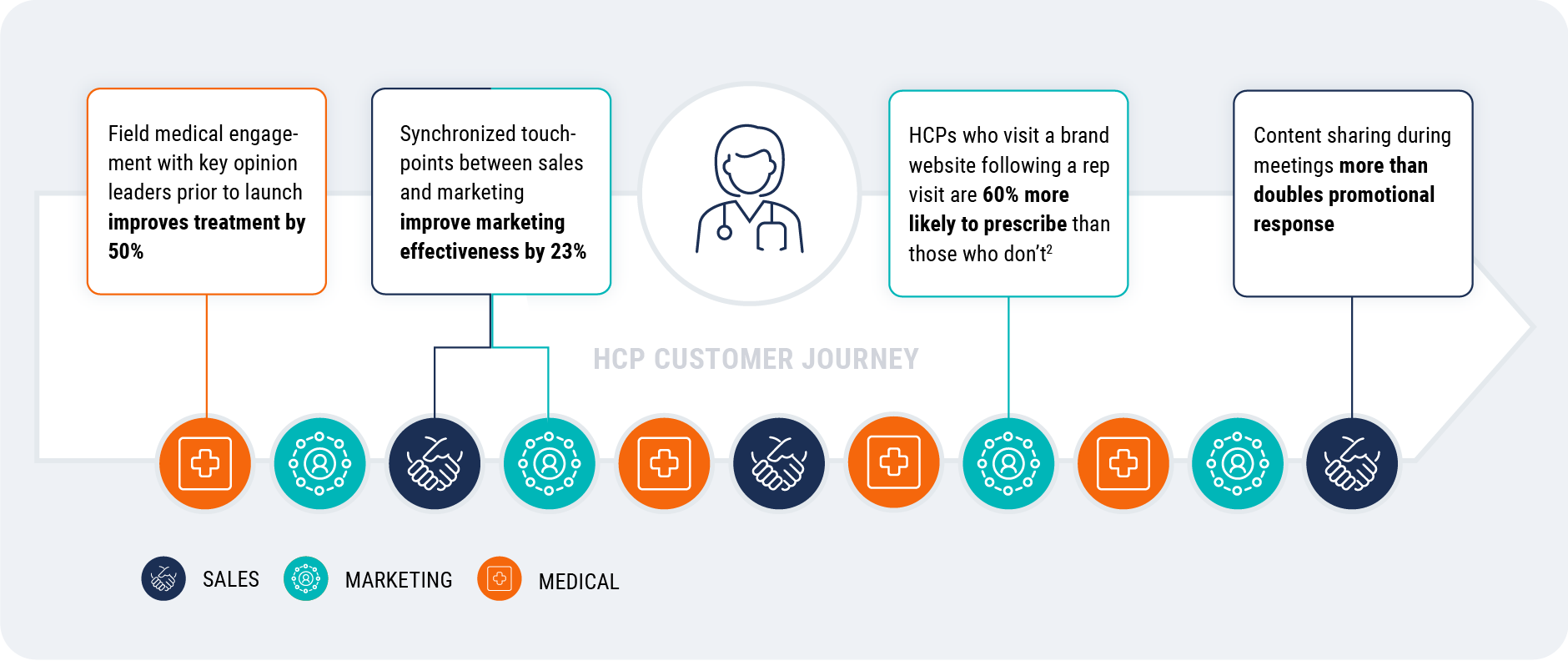
2 Source: U.S. Veeva Crossix case studies and Veeva Pulse data, 2023 and 2024.
3 Simplified representation of the connected engagement model
Timely, relevant engagement is mitigating declining access
HCP access declined from 60% to 45% from 2023 to 2024 in the U.S., marking a return to prepandemic
levels. Access levels vary significantly by specialty — oncology, internal medicine, and psychiatry are the
most difficult to reach. And HCPs are highly selective, with 50% of accessible HCPs limiting engagement
to three or fewer companies.
Connected sales, marketing, and medical teams are mitigating challenging access by extending
conversations, responding quickly to HCPs’ needs, and improving treatment adoption. This commercial
model requires shared data, connected systems, aligned incentives, and a unified understanding of
the customer.
“How do we get a better understanding of our customers and make sure
that our messages and the way we approach people is relevant, meaningful,
and treating them as the unique individuals they are, rather than just saying,
‘I’m going to use the same five slides.’”
— Kieron Scrutton, SVP Medical Affairs Digital & Technology, and Tech Governance Risk
and Compliance, GSK
Connect with Veeva Business Consulting to learn how Veeva Pulse data can improve HCP
engagement for your field team.
Global and Regional Trends
This report highlights global and regional field engagement trends from Veeva Pulse data gathered between October
2023 and December 2024. Veeva Pulse data is sourced from Veeva’s aggregated CRM activity, including field
engagement stats from all instances of Veeva CRM globally. In this report, comparisons in trending charts are year
over year, Q4 2023 to Q4 2024, while non-trending charts contain quarter-over-quarter comparisons, Q3 2024 to Q4
2024.
Global trends*
Figure 1: Channel mix evolution, global
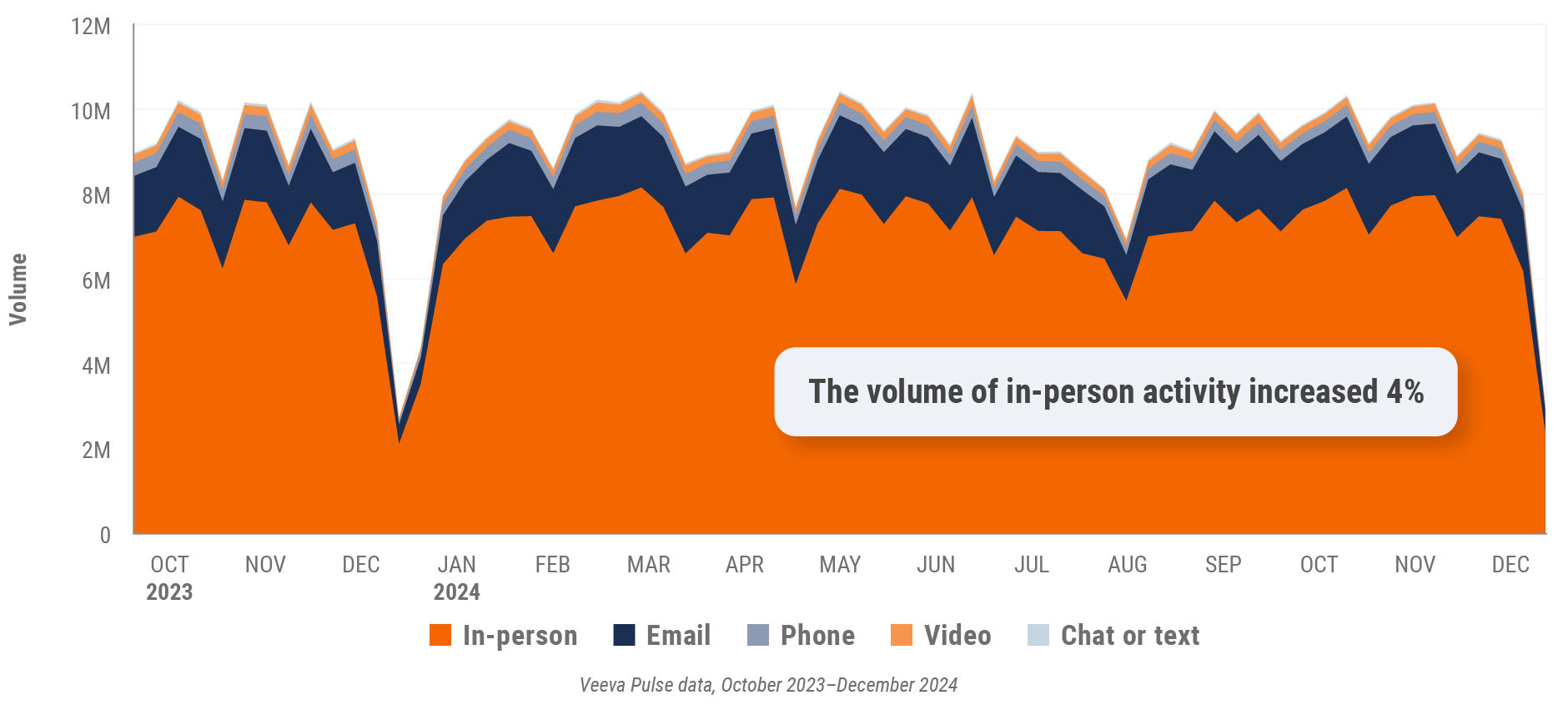
Figure 2: Channel mix, global

Global field team activity
Weekly activity per user by engagement channel
Figure 3: Activity by region, global
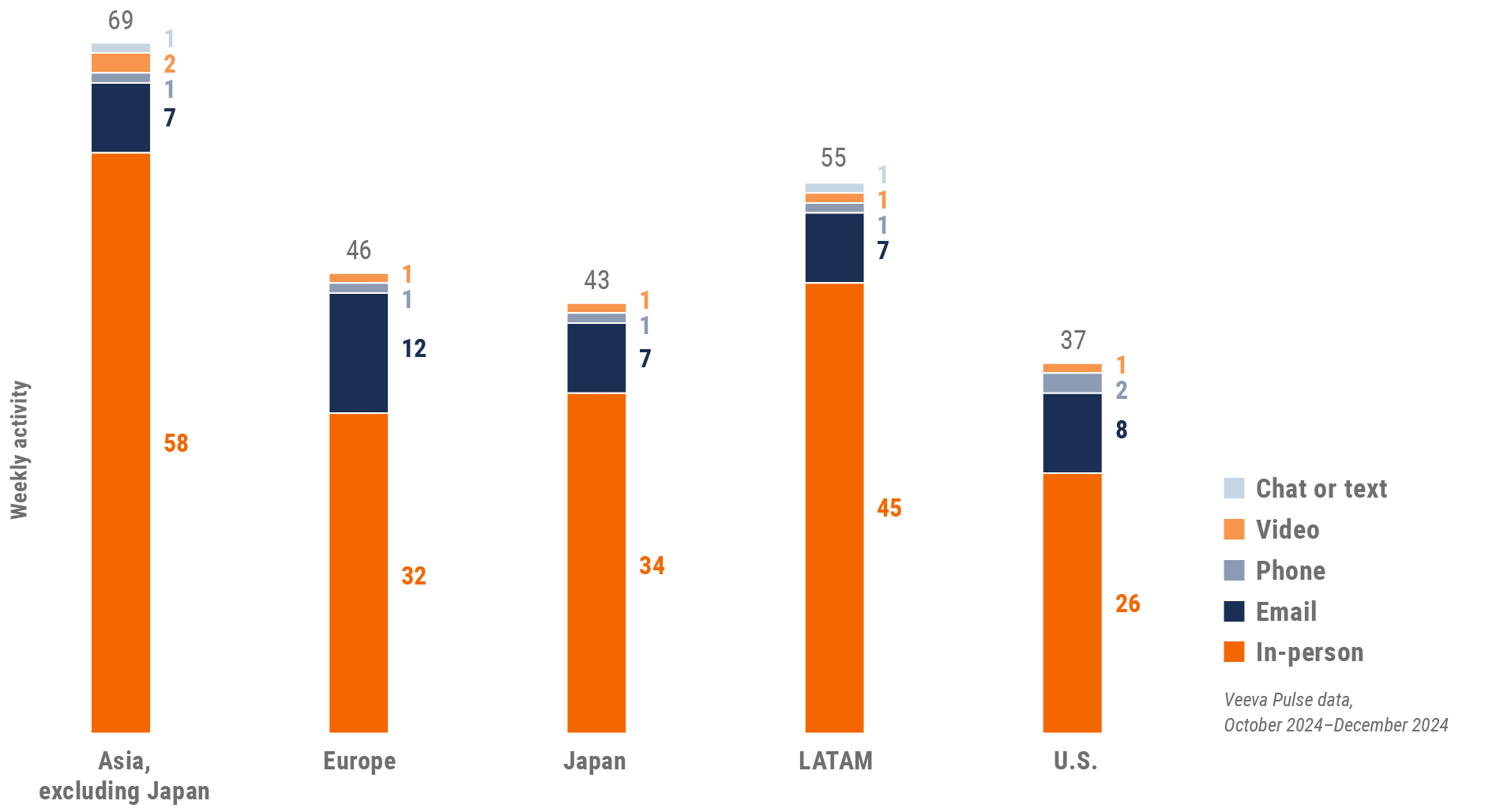
Figure 4: Activity by user type, global
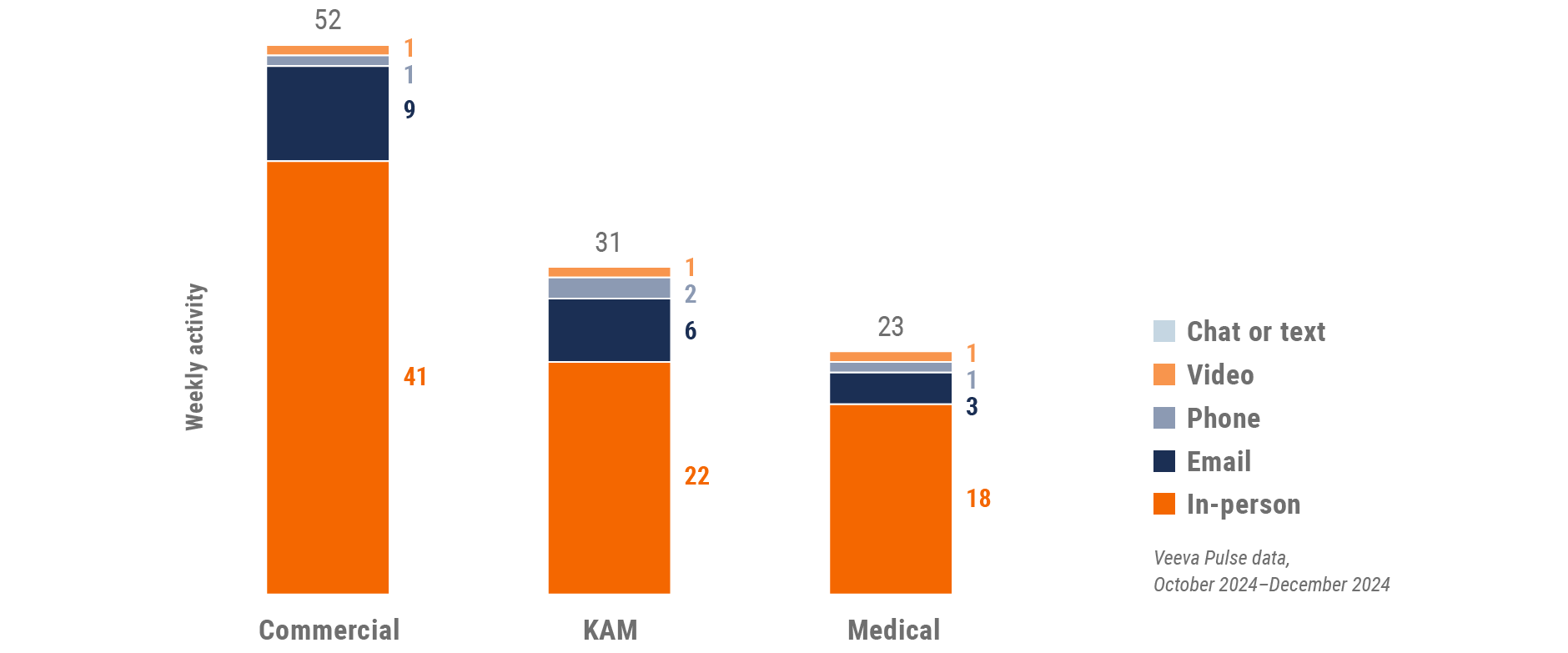
Global engagement quality
Consolidation of key quality metrics
Figure 5: Approved email volume, global
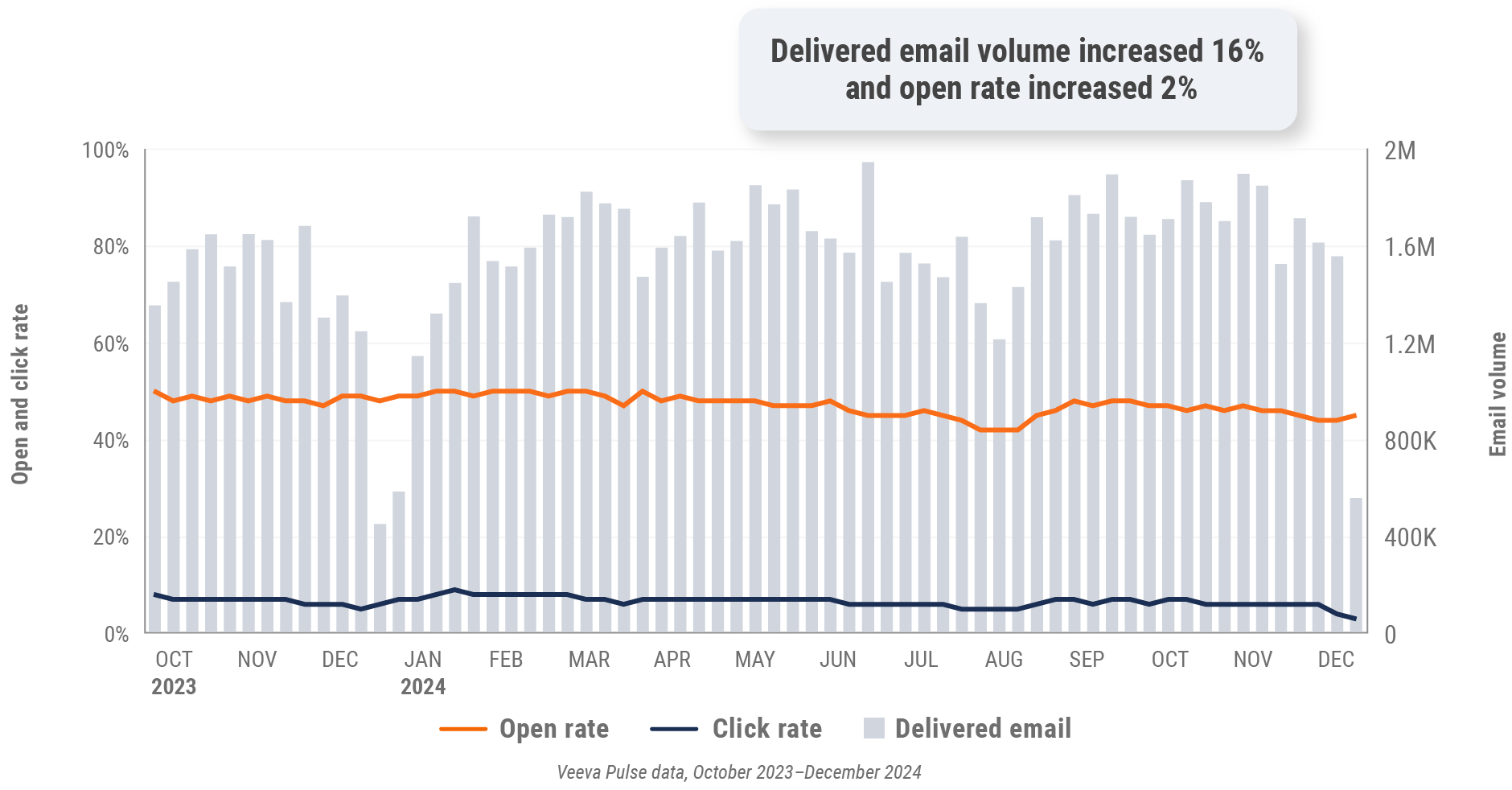
Figure 6: Content usage by channel, global
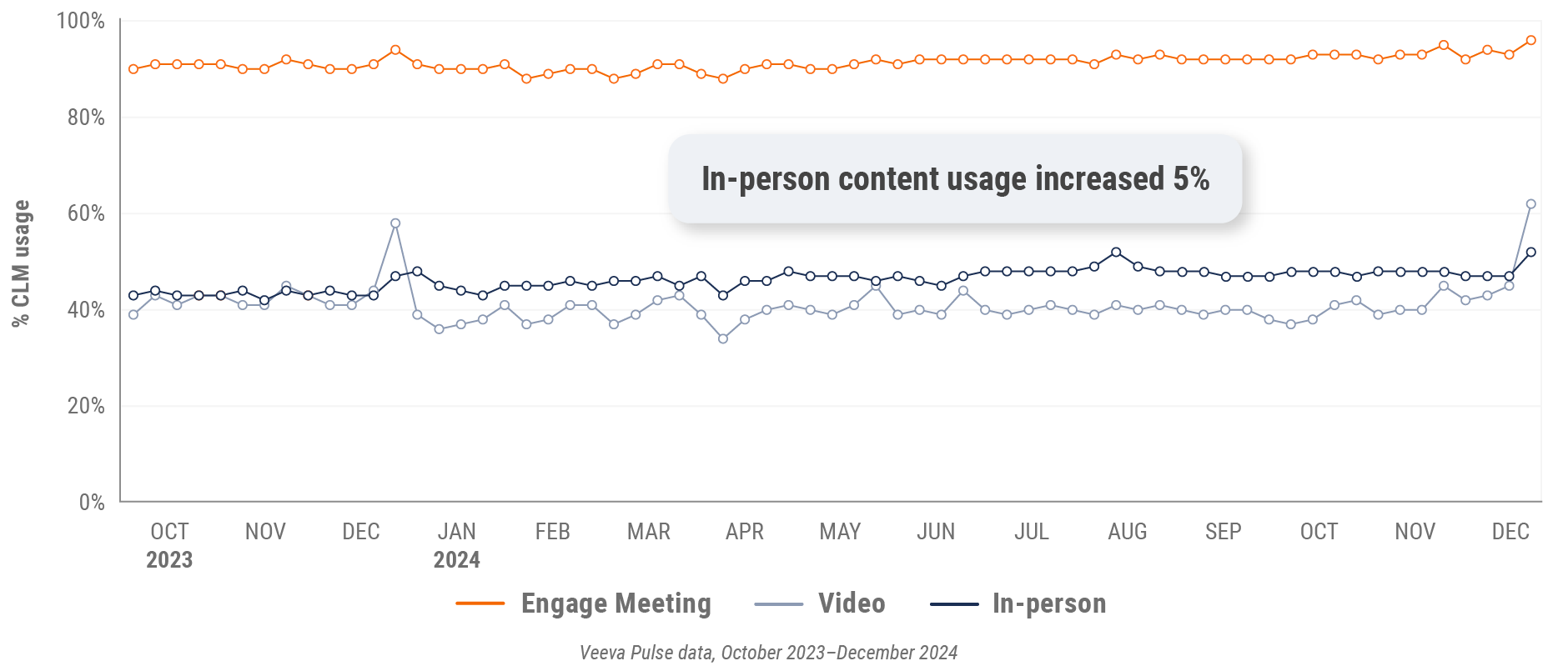
Figure 7: Veeva CRM Engage meeting duration, global

*This quarter’s global trends report omits data from China.
U.S. market trends
Figure 8: Channel mix evolution, U.S.
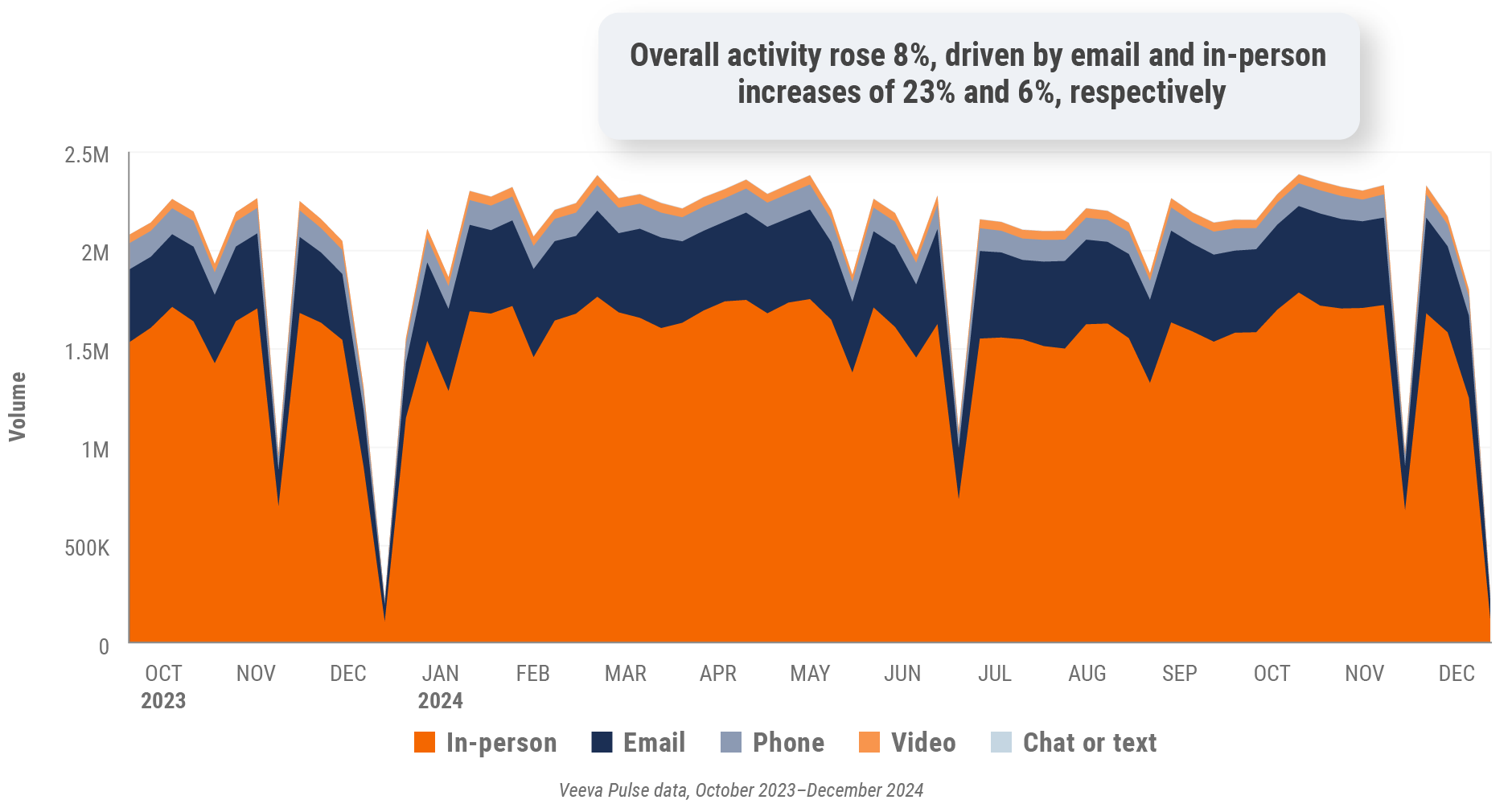
Figure 9: Channel mix, U.S.

U.S. field team activity
Weekly activity per user by engagement channel
Figure 10: Activity, U.S.
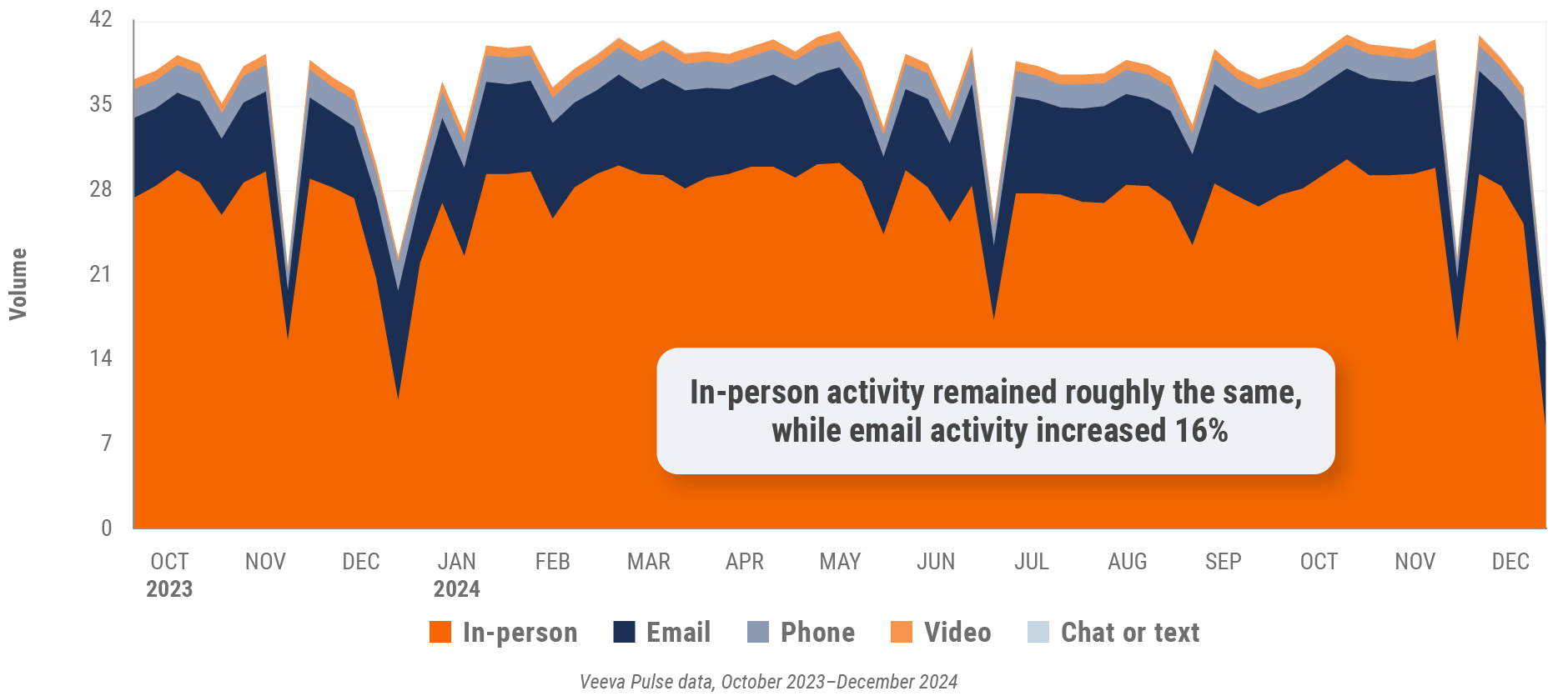
Figure 11: Activity by user type, U.S.

U.S. engagement quality
Consolidation of key quality metrics
Figure 12: Approved email volume, U.S.
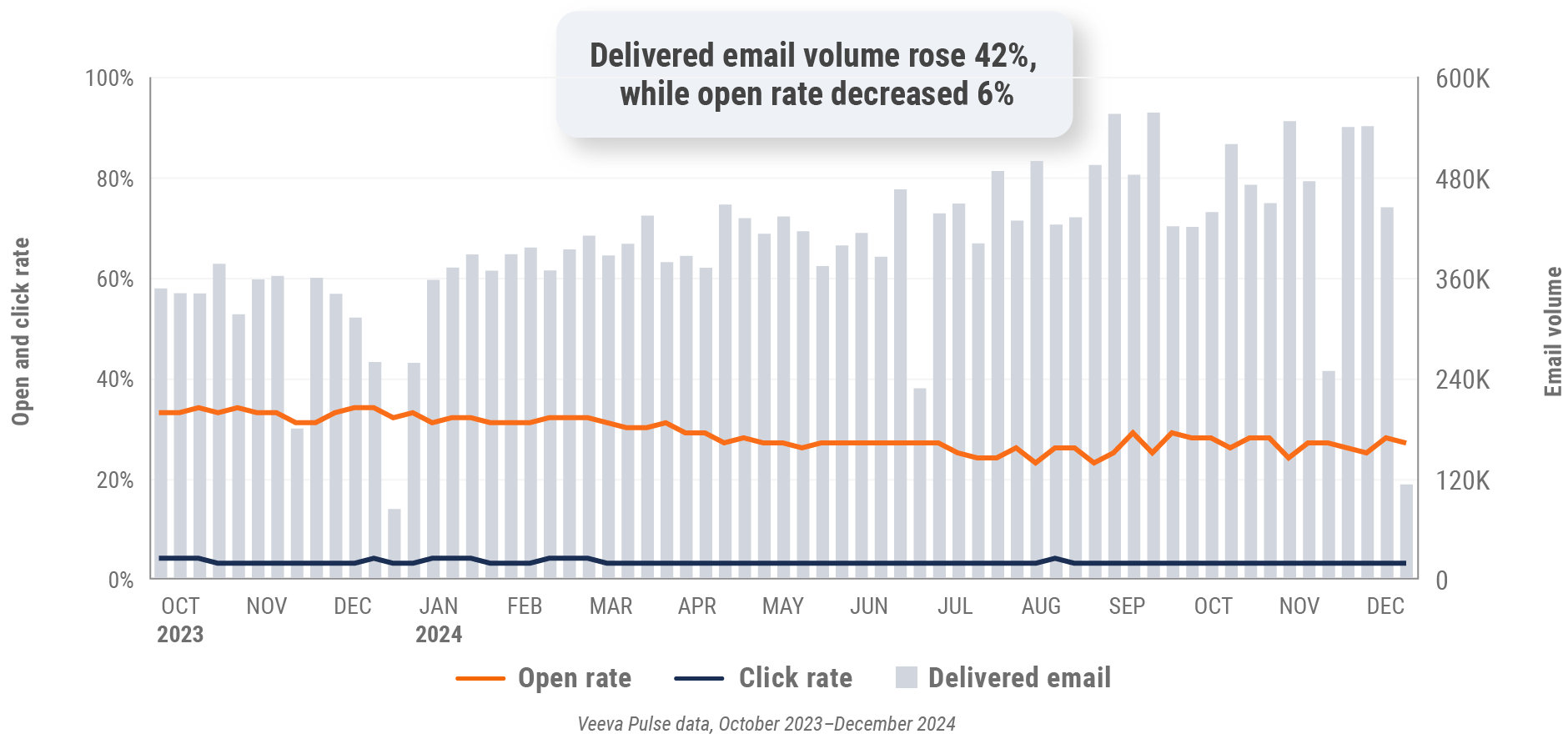
Figure 13: Content usage by channel, U.S.
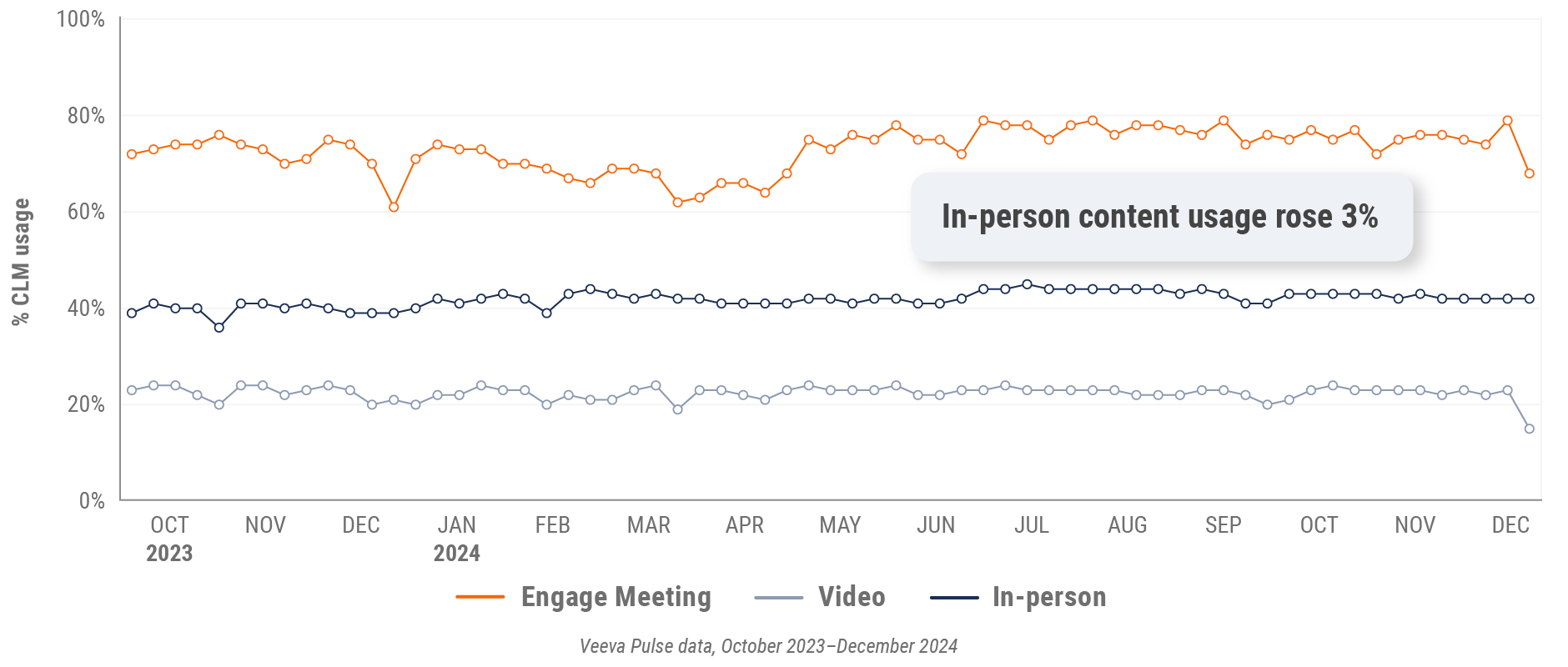
Figure 14: Veeva CRM Engage meeting duration, U.S.

Europe market trends
Figure 15: Channel mix evolution, Europe
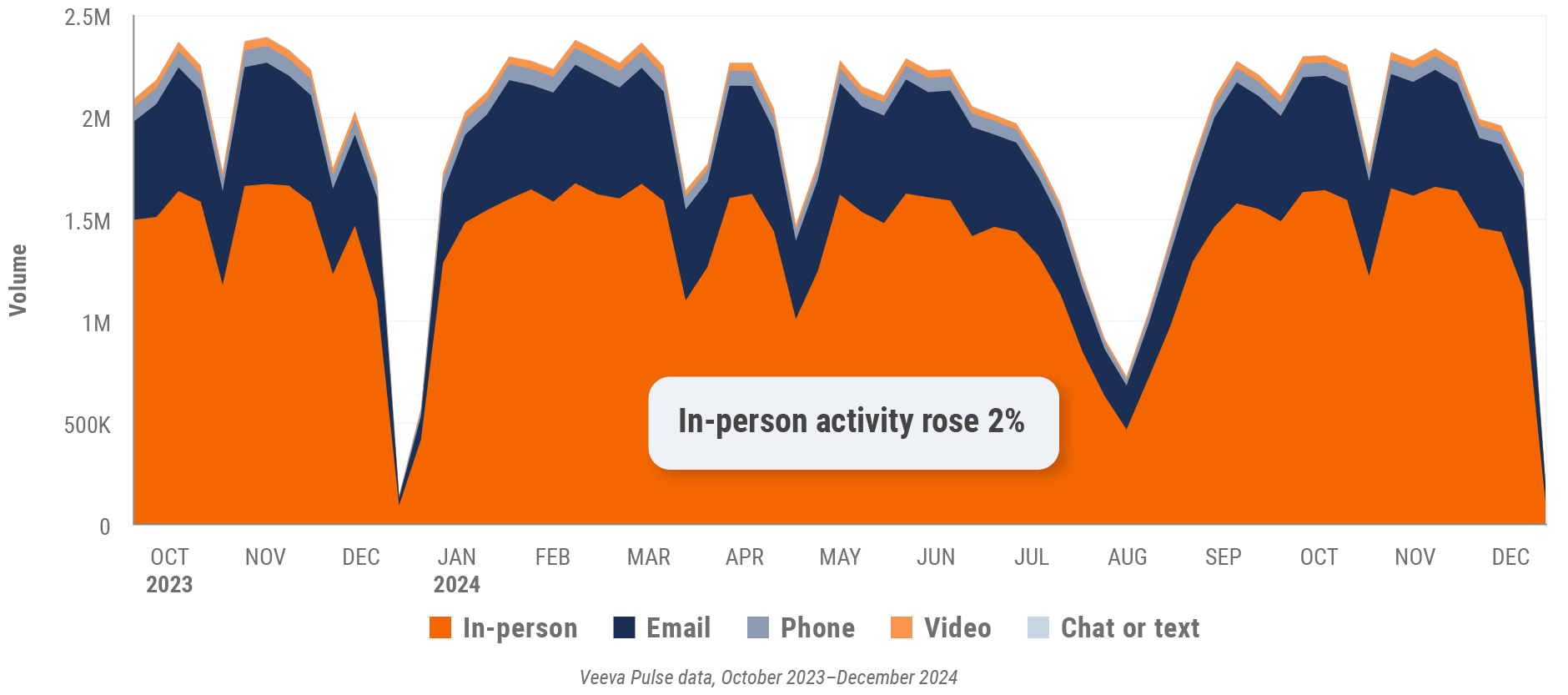
Figure 16: Channel mix, Europe

Europe field team activity
Weekly activity per user by engagement channel
Figure 17: Activity by country, EU5
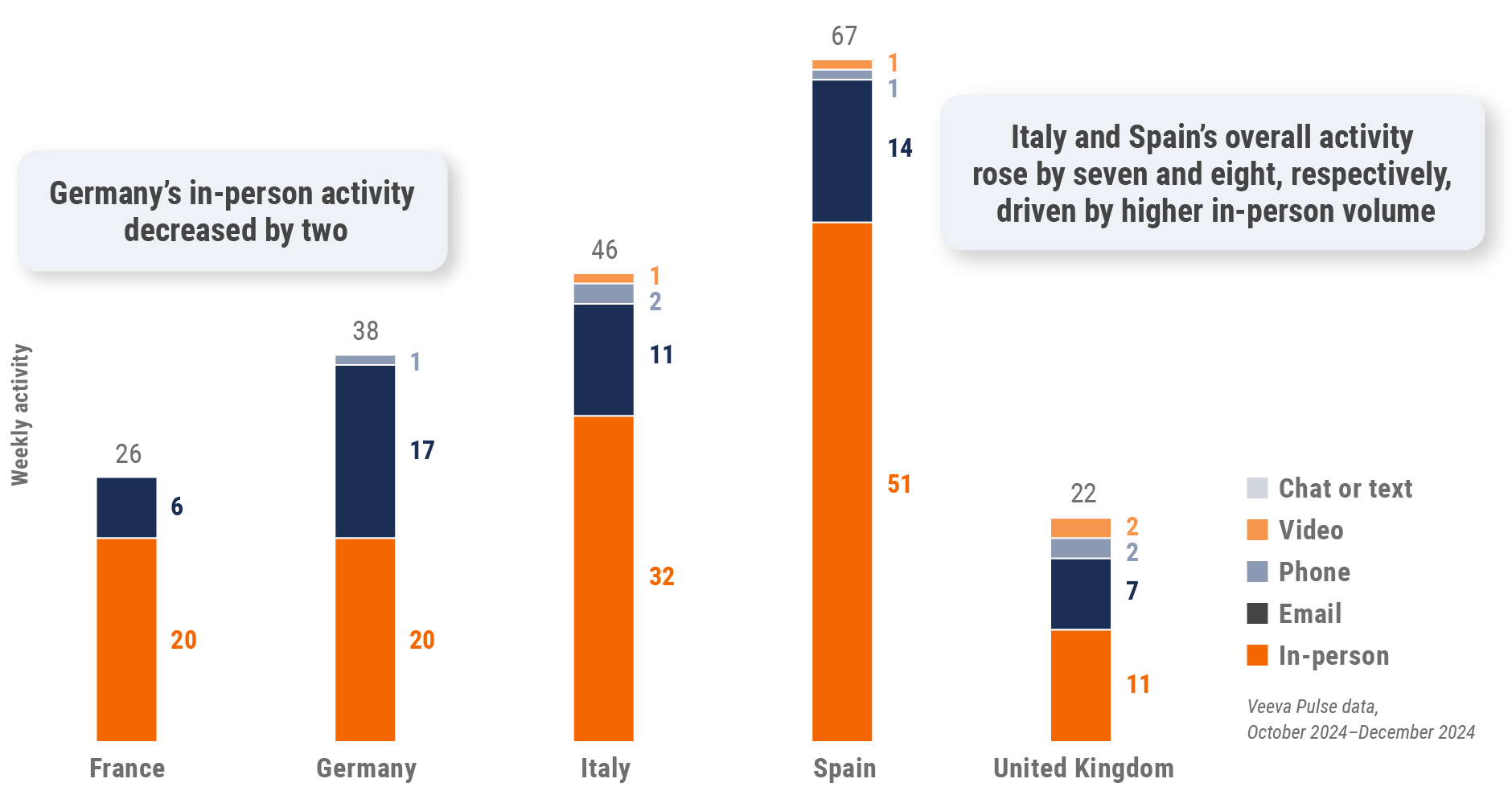
Figure 18: Activity by user type, Europe
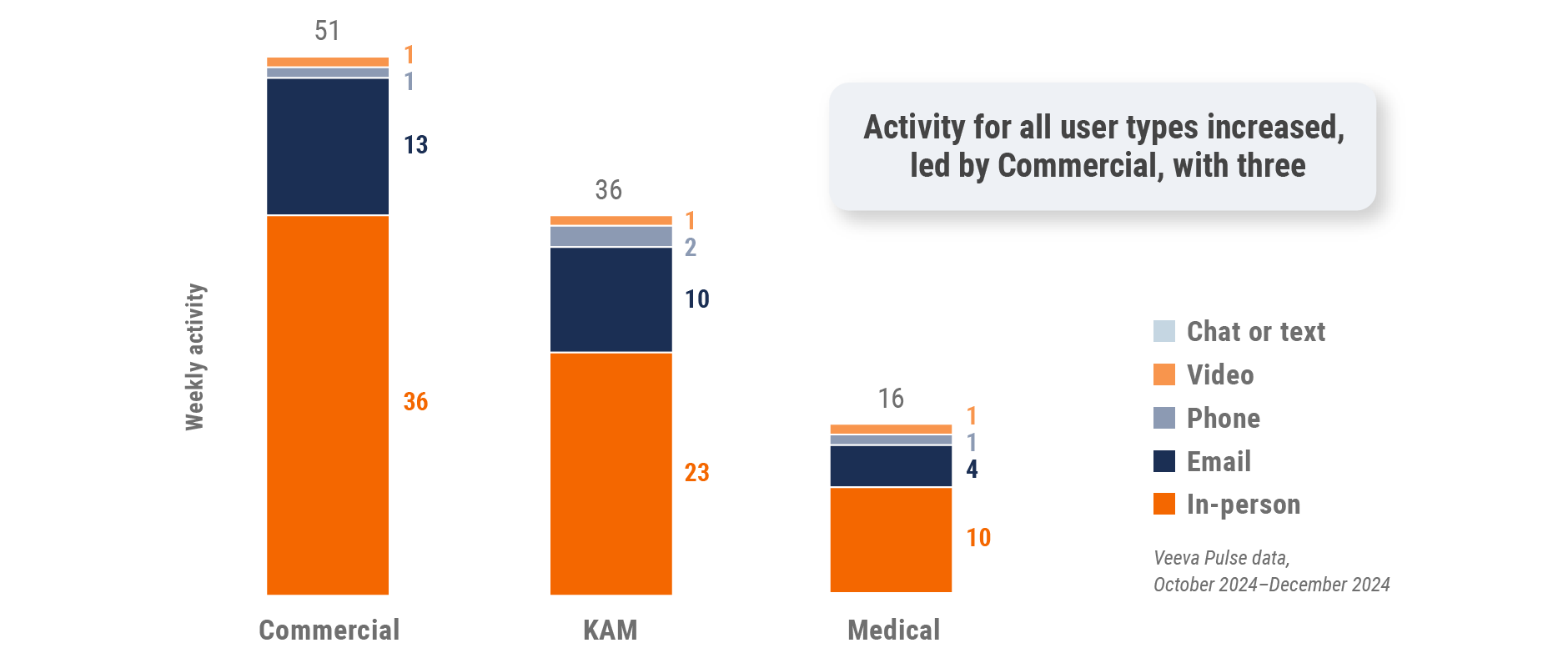
Europe engagement quality
Consolidation of key quality metrics
Figure 19: Approved email volume, Europe
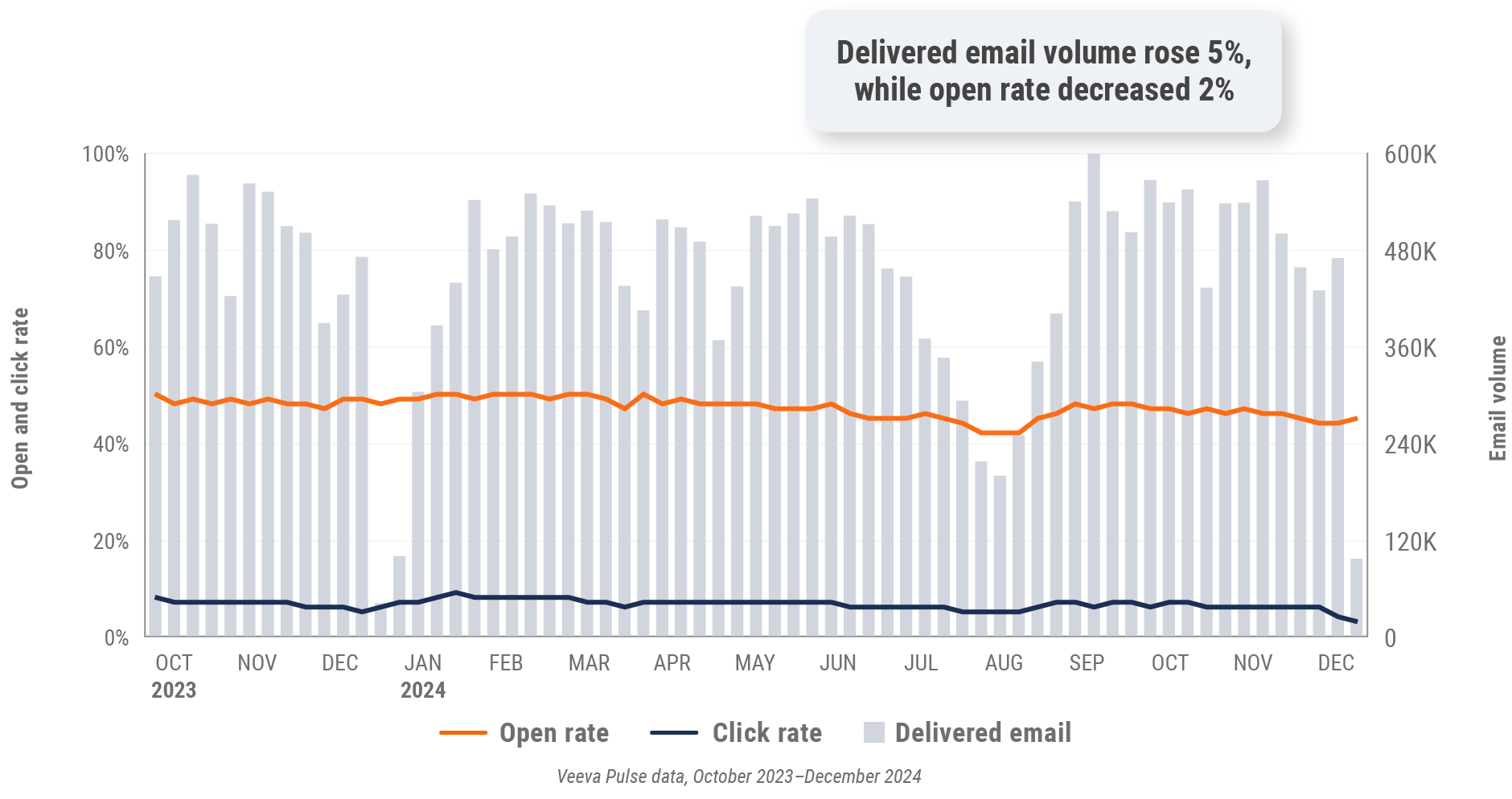
Figure 20: Content usage by channel, Europe
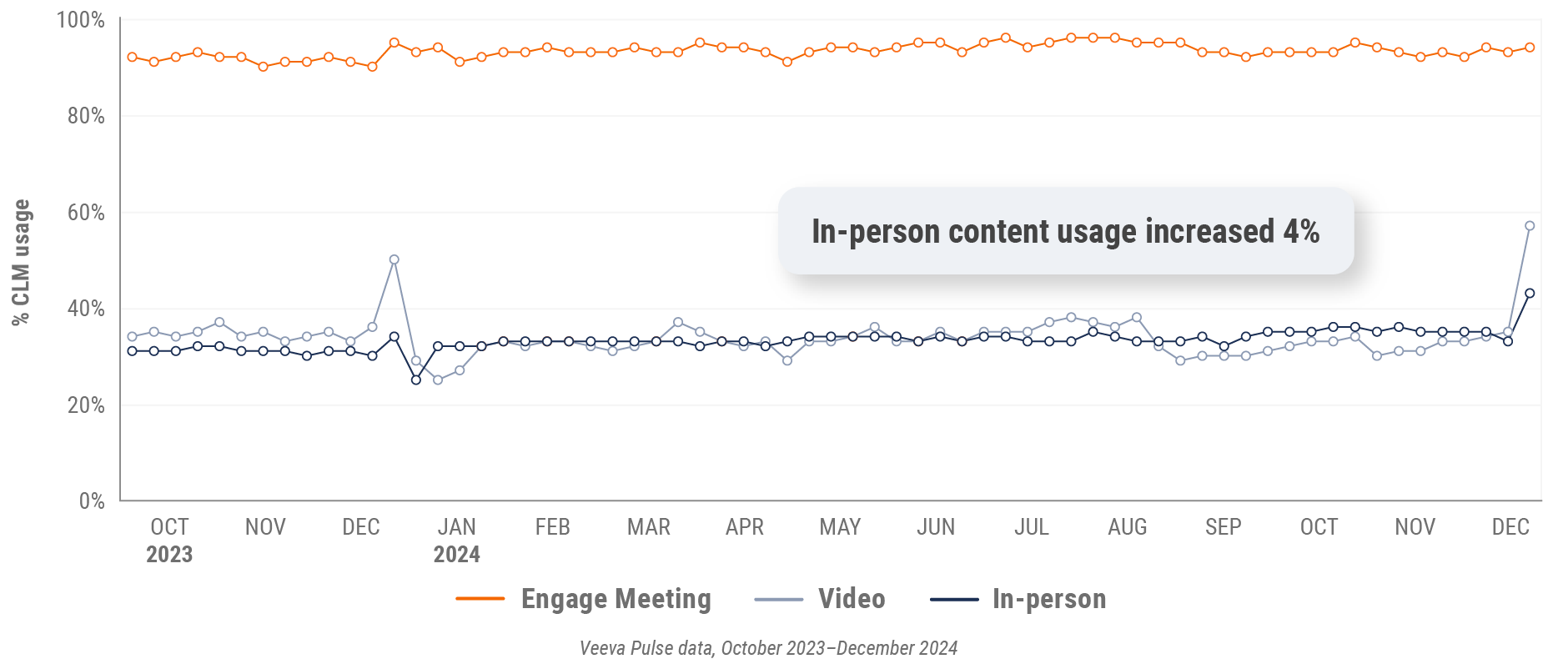
Figure 21: Veeva CRM Engage meeting duration, Europe

Asia market trends
Figure 22: Channel mix evolution, Asia
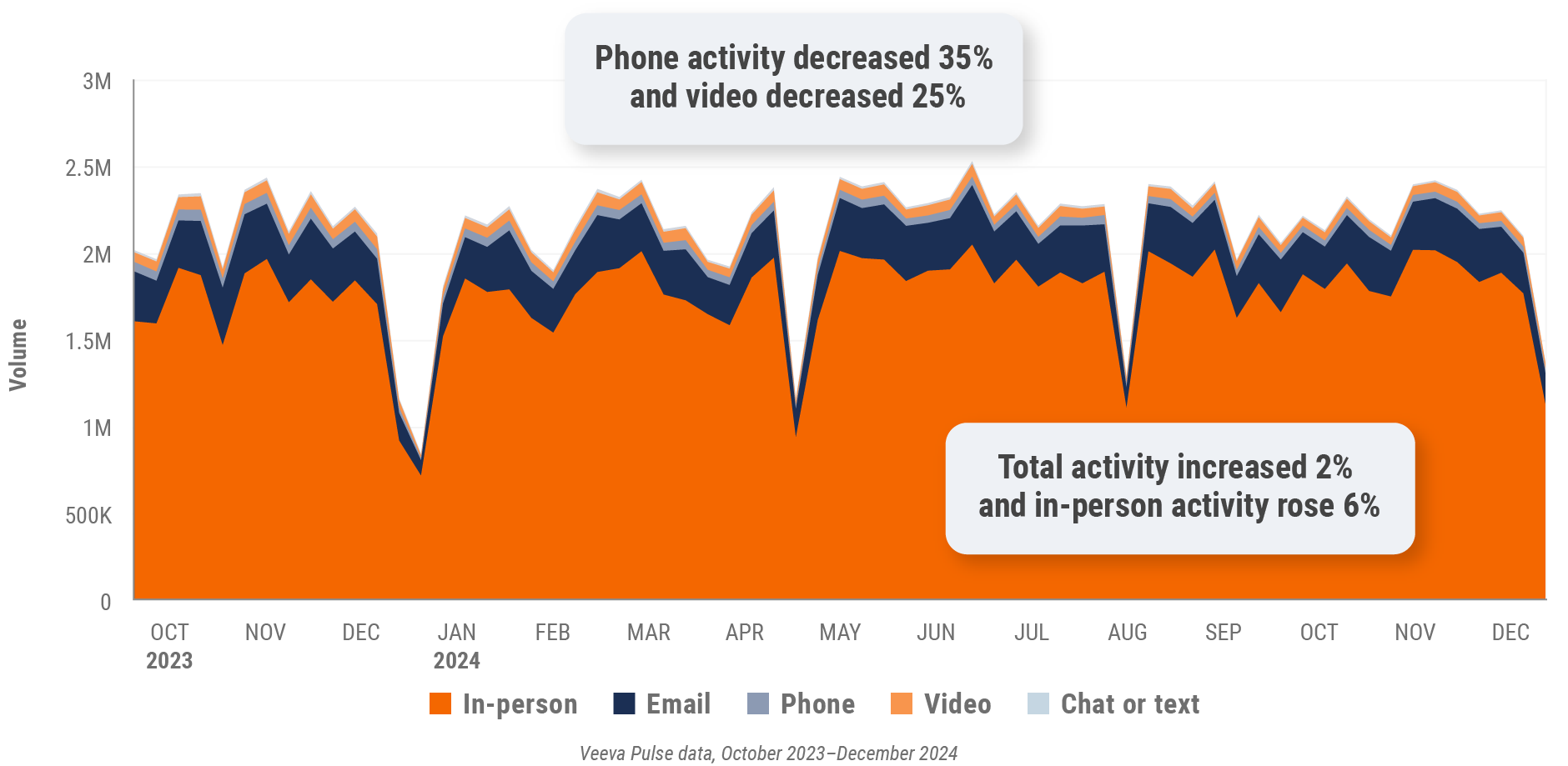
Figure 23: Channel mix, Asia

Asia field team activity
Weekly activity per user by engagement channel
Figure 24: Activity by country, Asia
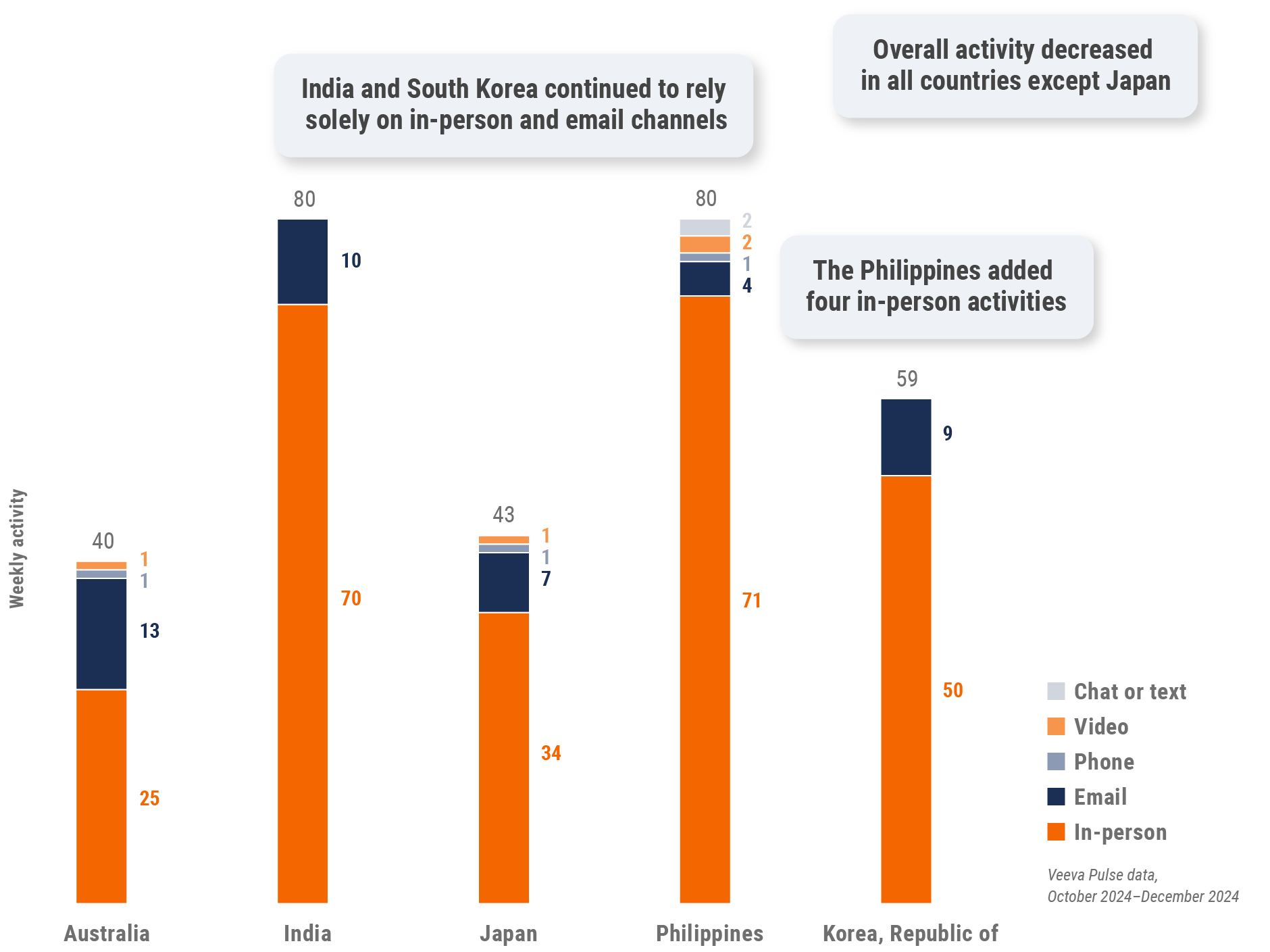
Figure 25: Activity by user type, Asia
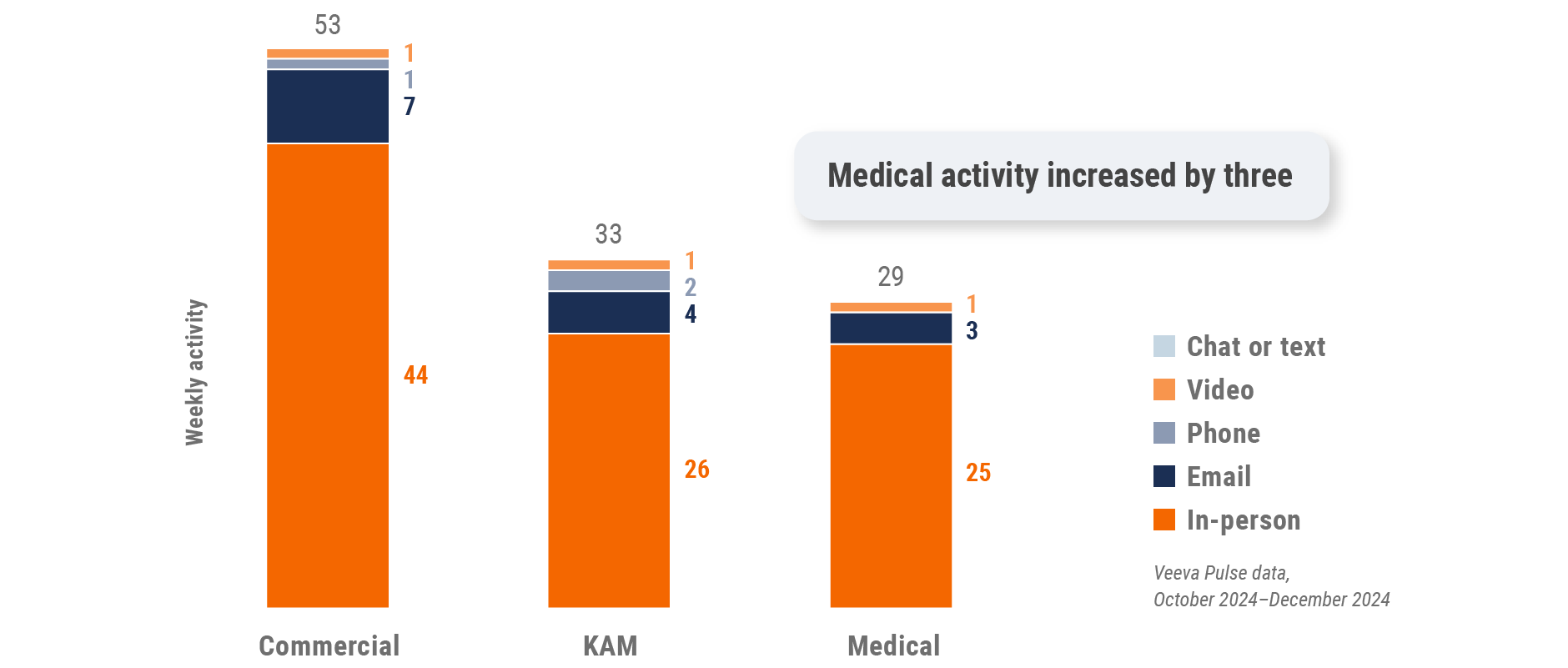
Asia engagement quality
Consolidation of key quality metrics
Figure 26: Approved email volume, Asia
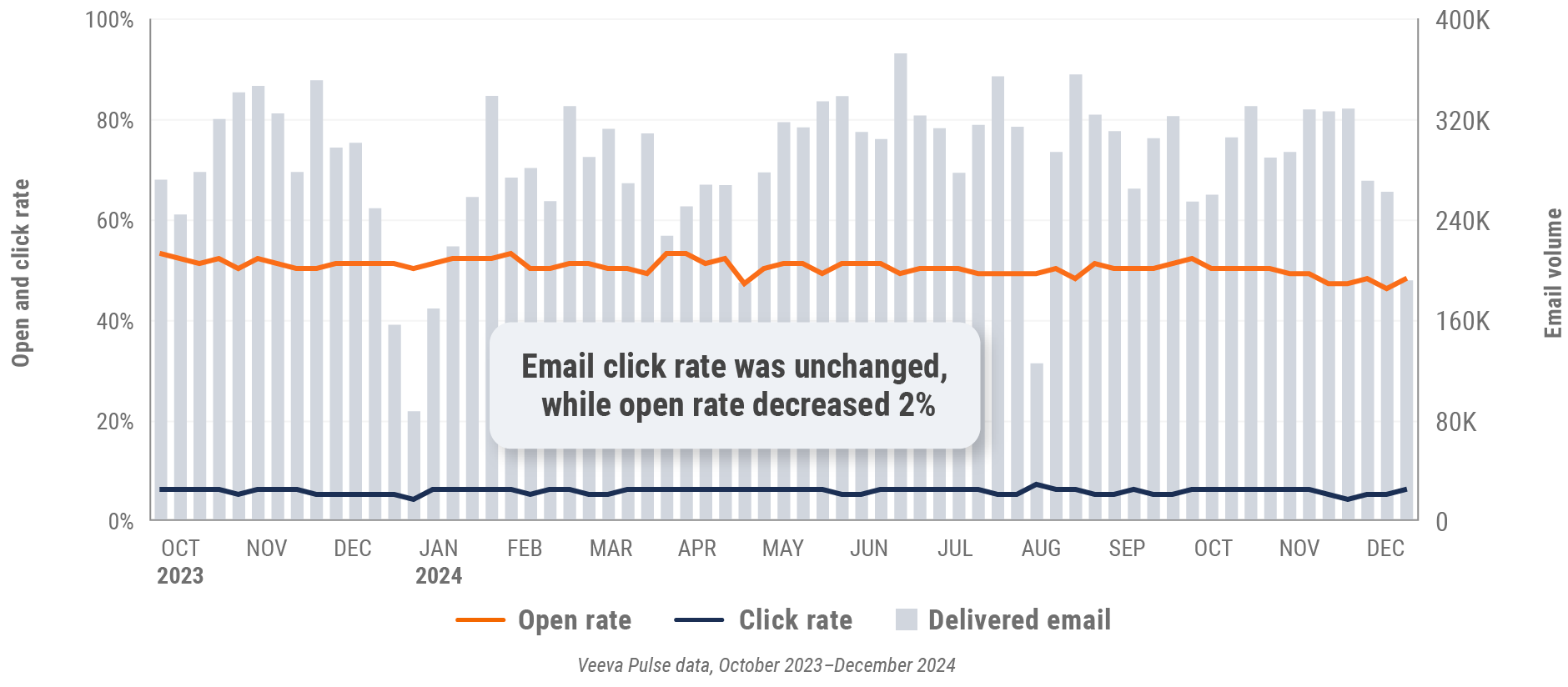
Figure 27: Content usage by channel, Asia
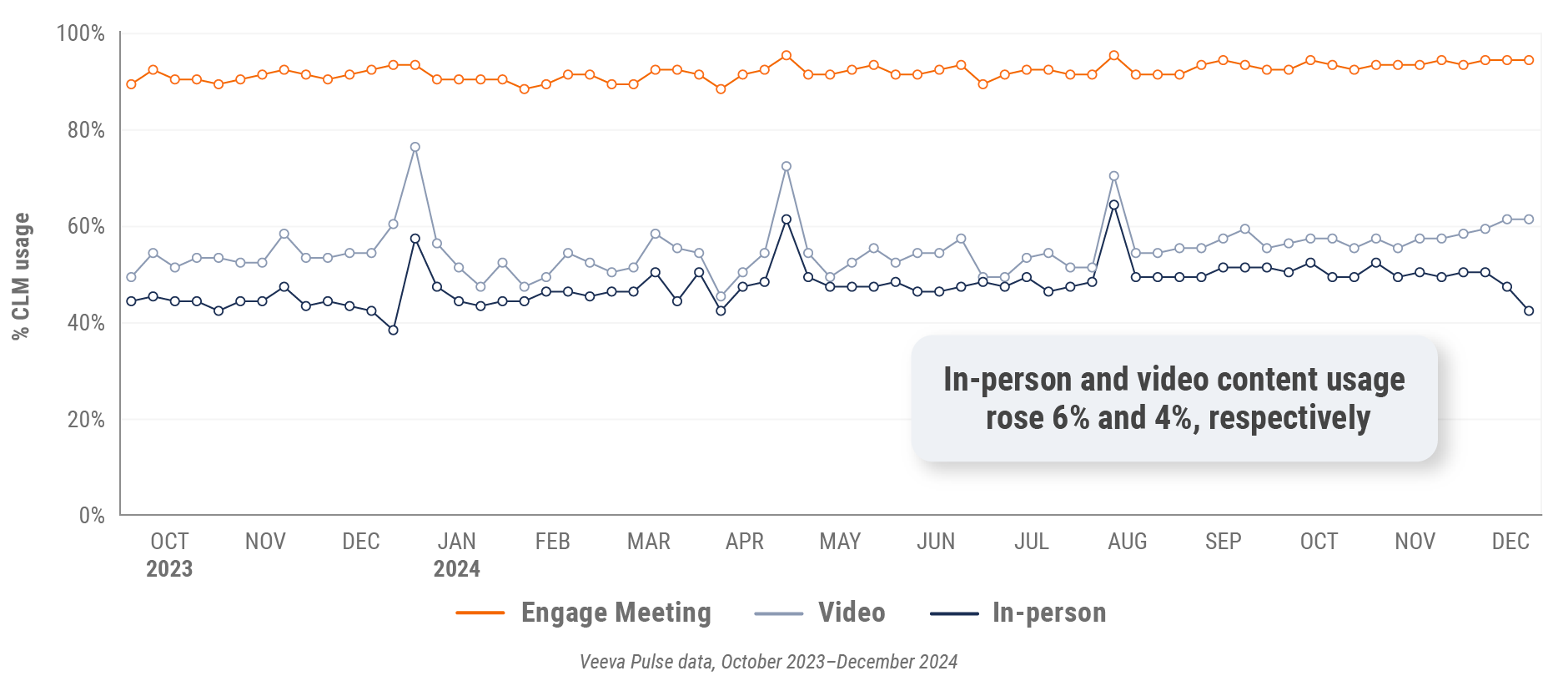
Figure 28: Veeva CRM Engage meeting duration, Asia

Latin America market trends
Figure 29: Channel mix evolution, Latin America
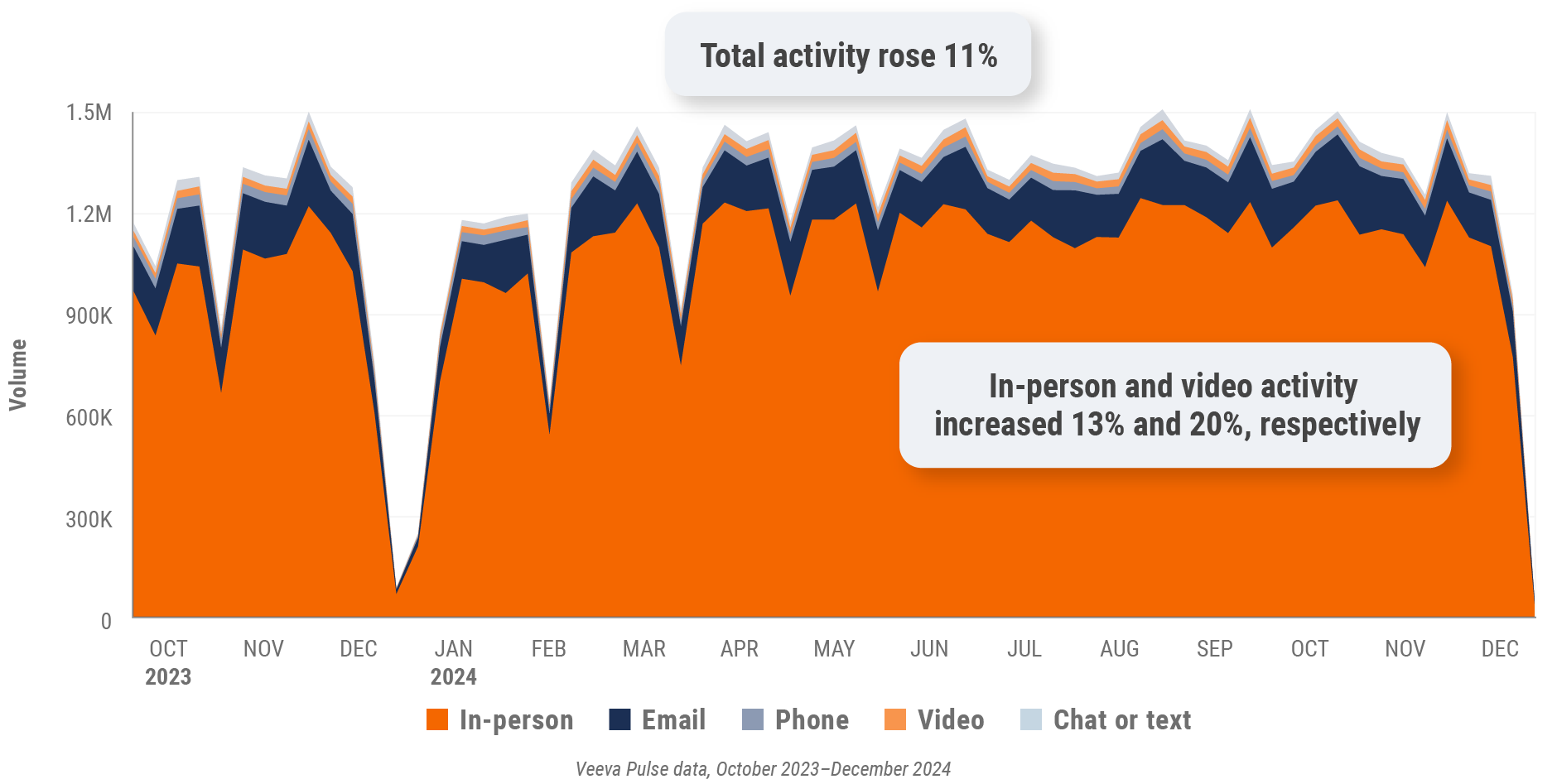
Figure 30: Channel mix, Latin America

Latin America field team activity
Weekly activity per user by engagement channel
Figure 31: Activity by country, Latin America
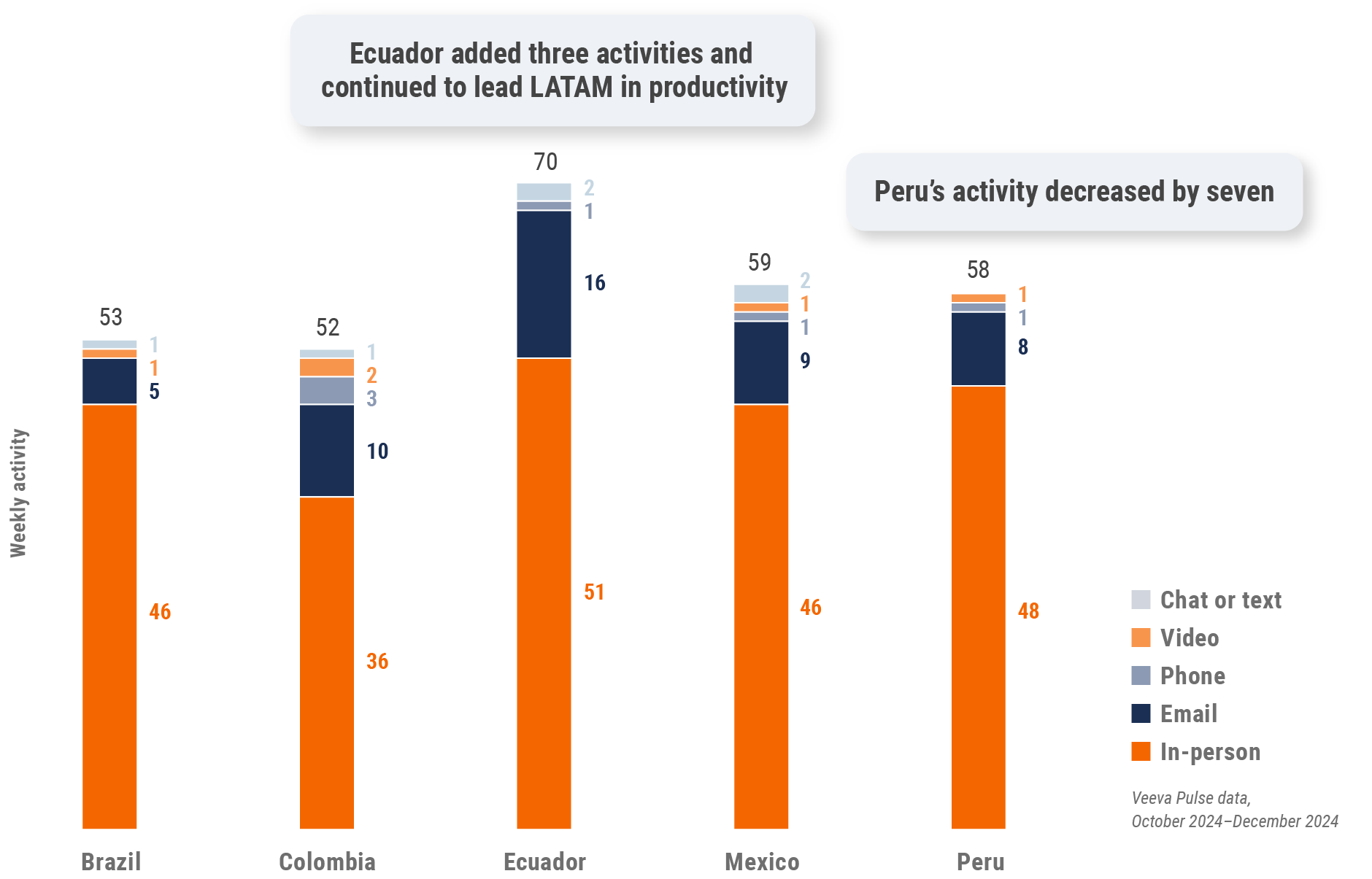
Figure 32: Activity by user type, Latin America
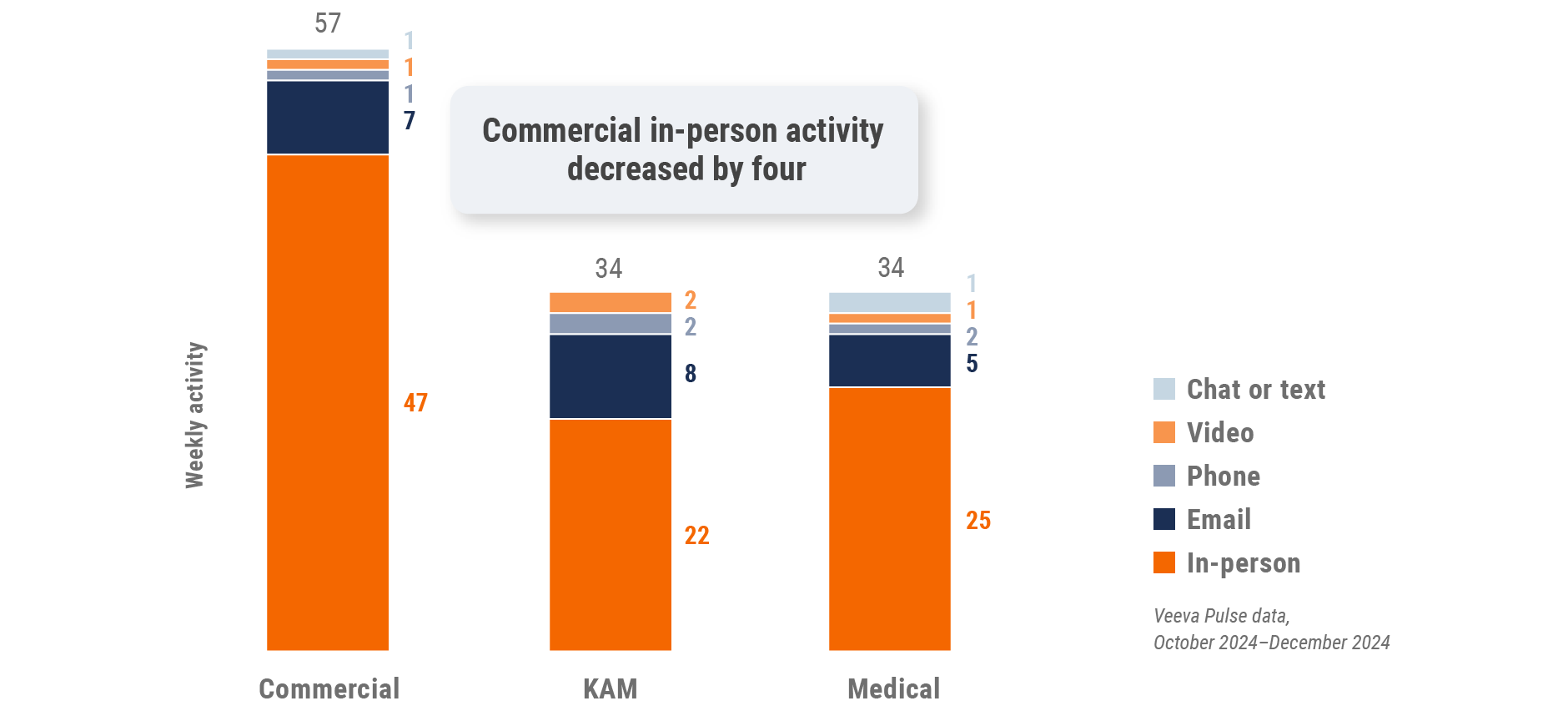
Latin America engagement quality
Consolidation of key quality metrics
Figure 33: Approved email volume, Latin America
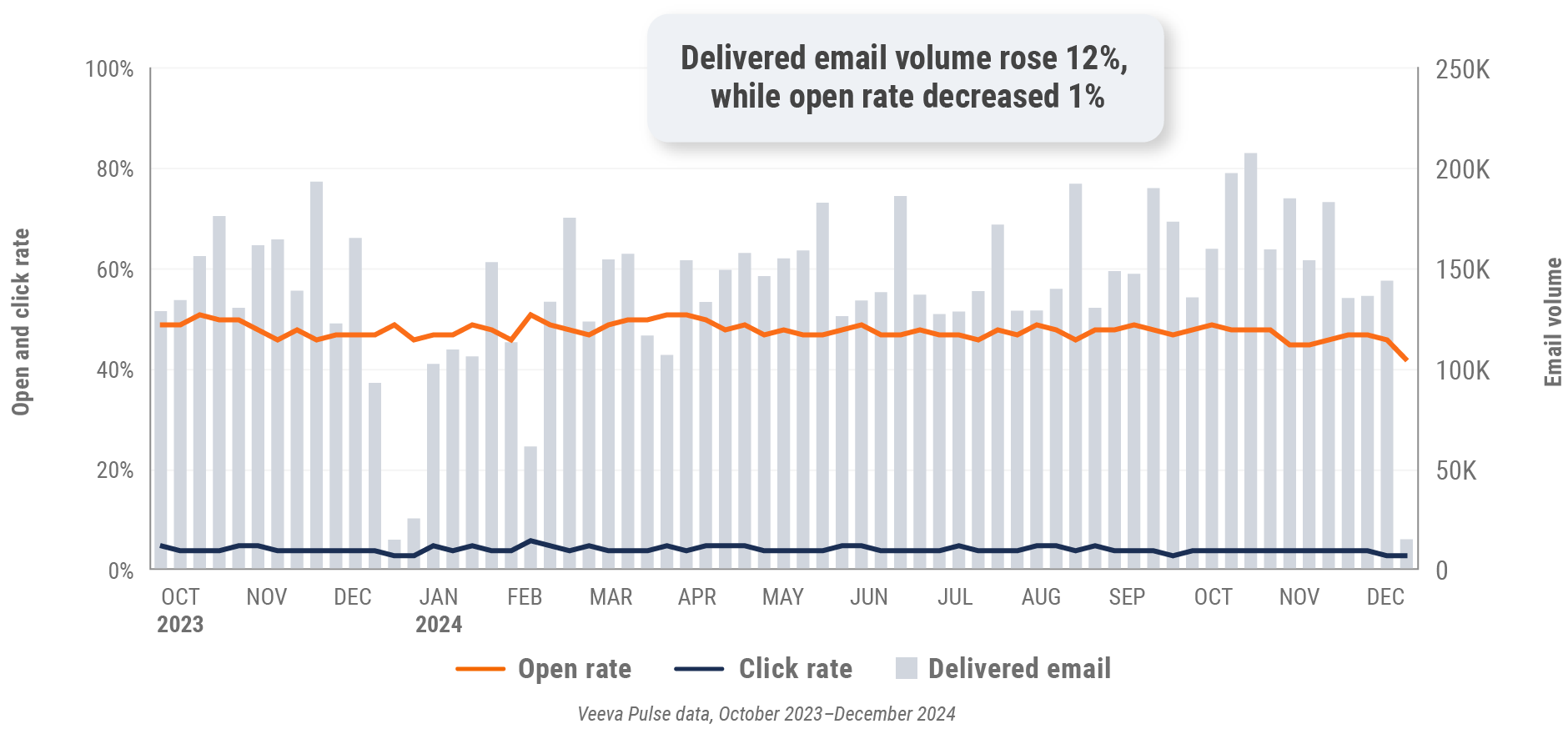
Figure 34: Content usage by channel, Latin America
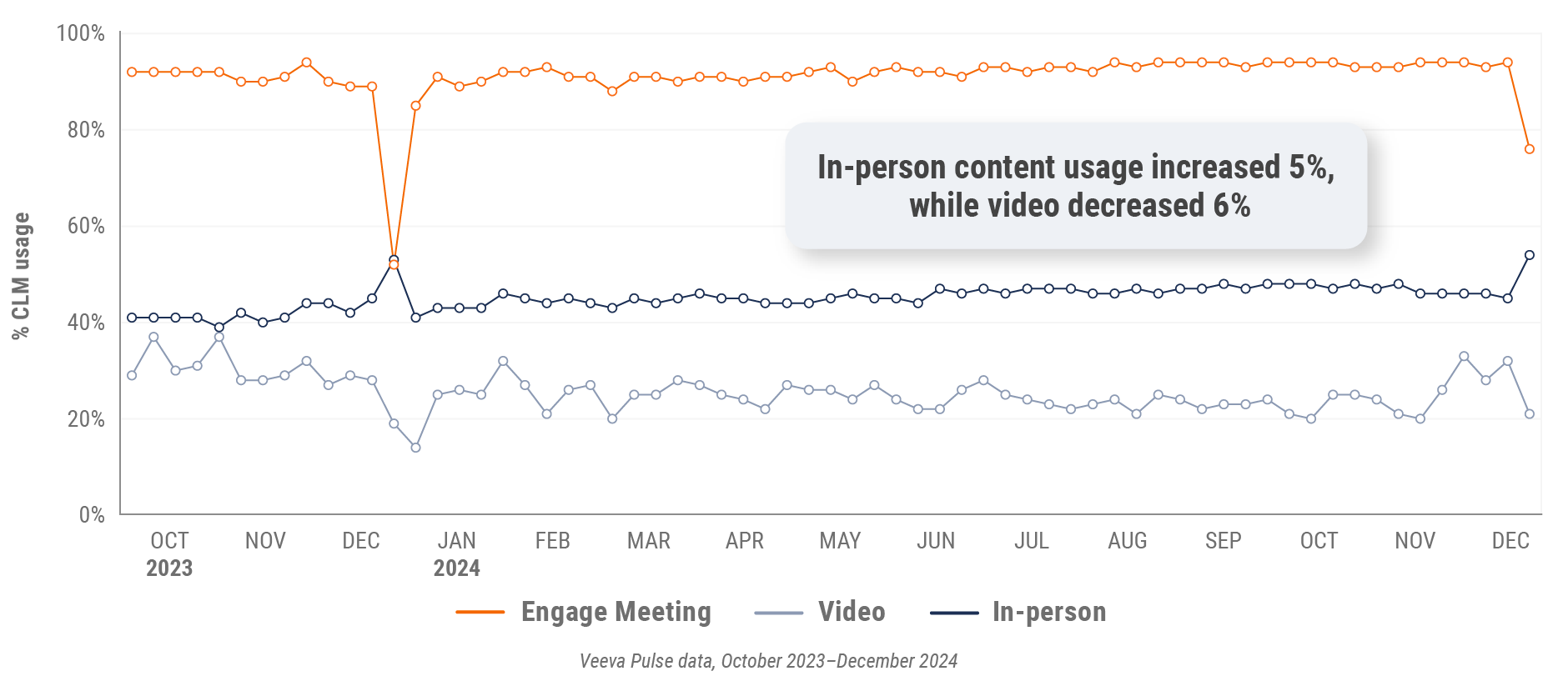
Figure 35: Veeva CRM Engage meeting duration, Latin America

Appendix: Data dictionary
Metric definitions
- Channel mix evolution over time: Weekly Veeva CRM activity volume broken down by the channel of engagement (in-person, phone, video, email, chat or text)
- Channel mix: Total Veeva CRM activity volume broken out by engagement channel percentage, calculated using percent change during the specified period
- Weekly activities per user: The average weekly number of Veeva CRM activities submitted per number of users active in Veeva CRM
- Approved email volume: The average weekly volume of approved emails sent via Veeva CRM, calculated using percent change during the specified period
- Email open rate: Percentage of approved emails opened at least once out of all approved emails sent via Veeva CRM
- Email click rate: Percentage of approved emails clicked at least once out of all approved emails sent via Veeva CRM
- In-person % CLM usage: Percentage of in-person engagements that leveraged content in Veeva CRM
- Video % CLM usage: Percentage of video engagements that leveraged content in Veeva CRM
- Veeva CRM Engage meeting % CLM usage: Percentage of Veeva CRM Engage meetings that leveraged content in Veeva CRM
- Veeva CRM Engage meeting duration: The average duration of Veeva CRM Engage meetings in minutes
Engagement channel definitions
- In-person: Submitted calls with a CRM Standard Metrics call channel value of ‘in-person’
- Phone: Submitted calls with a CRM Standard Metrics call channel value of ‘phone’
- Video: Veeva CRM Engage calls and video calls via other platforms that are then recorded as calls in Veeva CRM with a Standard Metrics call channel value of ‘video’
- Email: Approved emails and emails sent via other platforms that are then recorded as calls in Veeva CRM with a Standard Metrics call channel value of ‘email’
- Chat or text: Submitted calls with a CRM Standard Metrics call channel value of ‘chat or text’
User type definitions
- Sales: Users that have been classified with the ‘sales’ value in the CRM Standard Metrics user type field
- Key account manager: Users that have been classified with the ‘key account manager’ value in the CRM Standard Metrics user type field
- Medical: Users that have been classified with the ‘medical’ value in the CRM Standard Metrics user type field
Region definitions
- Global: All markets globally. This quarter’s global trends report omits data from China.
- Europe: Albania, Andorra, Armenia, Aruba, Austria, Azerbaijan, Belarus, Belgium, Bermuda, Bosnia and Herzegovina,
Bulgaria, Croatia, Cyprus, Czech Republic, Denmark, Estonia, Finland, France, French Polynesia, Georgia, Germany,
Greece, Greenland, Guadeloupe, Guernsey, Hungary, Ireland, Italy, Jersey, Latvia, Lithuania, Luxembourg, Macedonia,
Malta, Martinique, Republic of Moldova, Monaco, Montenegro, Netherlands, New Caledonia, Norway, Poland, Portugal,
Romania, Serbia, Slovakia, Slovenia, Spain, Sweden, Switzerland, Ukraine, United Kingdom - Asia: Australia, Bangladesh, Bhutan, Brunei Darussalam, Cambodia, Cocos (Keeling) Islands, Indonesia, Japan,
Kazakhstan, Republic of Korea, Kyrgyzstan, Malaysia, Mongolia, Myanmar, Nauru, Nepal, New Zealand, Philippines,
Samoa, Singapore, Solomon Islands, Sri Lanka, Taiwan, Tajikistan, Thailand, Turkmenistan, Uzbekistan, Vietnam - Latin America: Antigua and Barbuda, Argentina, Bahamas, Barbados, Belize, Bolivia, Brazil, Chile, Colombia, Costa
Rica, Cuba, Dominican Republic, Ecuador, El Salvador, Guatemala, Guyana, Haiti, Honduras, Jamaica, Mexico,
Nicaragua, Panama, Paraguay, Peru, Trinidad and Tobago, Uruguay, Venezuela
Methodology
The Veeva Pulse Field Trends Report is a quarterly industry benchmark for global and regional healthcare
professional (HCP) engagement across the life sciences industry. The findings are based on:
- Approximately 600 million annual global field activities captured in Veeva CRM and Veeva CRM Engage.
- Marketing effectiveness data from Veeva Crossix. Crossix connects anonymized health data on 300+ million patients to media data to measure the impact of direct-to-consumer and HCP marketing investments in the U.S.
- Anonymous patient longitudinal claims data from Veeva Compass Patient covering dispensed prescriptions, procedures, and diagnoses from 300+ million patients.
- 4+ million profiles containing publications, clinical trials, conferences, associations, guidelines, grants, payments, social media, news mentions, and patient mix by disease and drug class from Veeva Link Key People in 85+ countries and all major therapeutic areas.
- Global reference data of HCPs, healthcare organizations, and affiliations from Veeva OpenData, containing addresses, emails, specialties, demographics, and compliance data (license information and industry identifiers) in 100+ countries.
The Veeva Pulse Field Trends Report delivers insights that inform the industry and help field teams align their
strategy to key market trends for improved commercial success. The global Veeva Business Consulting team also
helps customers inform their strategies using industry benchmarking with Veeva Pulse data.
